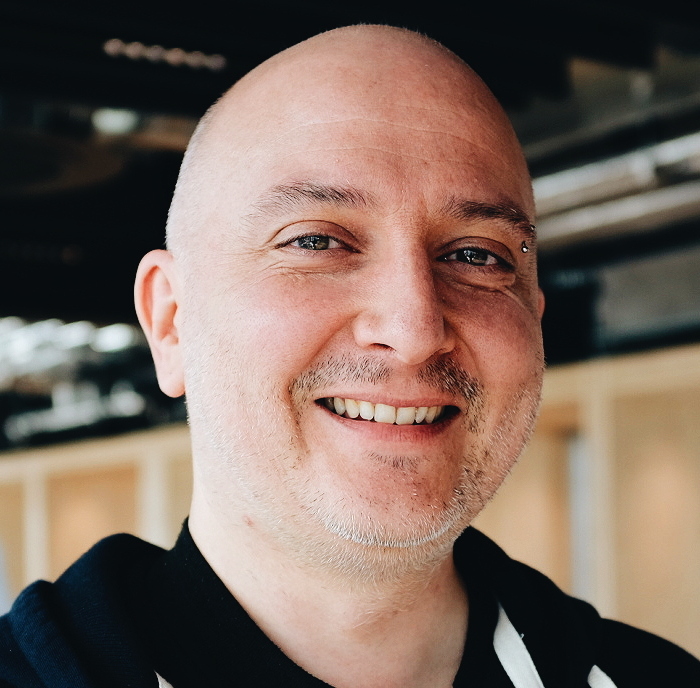Design Principles Behind Smalltalk
Jan 2 2024The purpose of the Smalltalk project is to provide computer support for the creative spirit in everyone. Our work flows from a vision that includes a creative individual and the best computing hardware available. We have chosen to concentrate on two principle areas of research: a language of description (programming language) that serves as an interface between the models in the human mind and those in computing hardware, and a language of interaction (user interface) that matches the human communication system to that of the computer. Our work has followed a two- to four-year cycle that can be seen to parallel the scientific method:\r\n\r\n Build an application program within the current system (make an observation)\r\n Based on that experience, redesign the language (formulate a theory)\r\n Build a new system based on the new design (make a prediction that can be tested) \r\n\r\nThe Smalltalk-80 system marks our fifth time through this cycle. In this article, I present some of the general principles we have observed in the course of our work. While the presentation frequently touches on Smalltalk "motherhood", the principles themselves are more general and should prove useful in evaluating other systems and in guiding future work.
